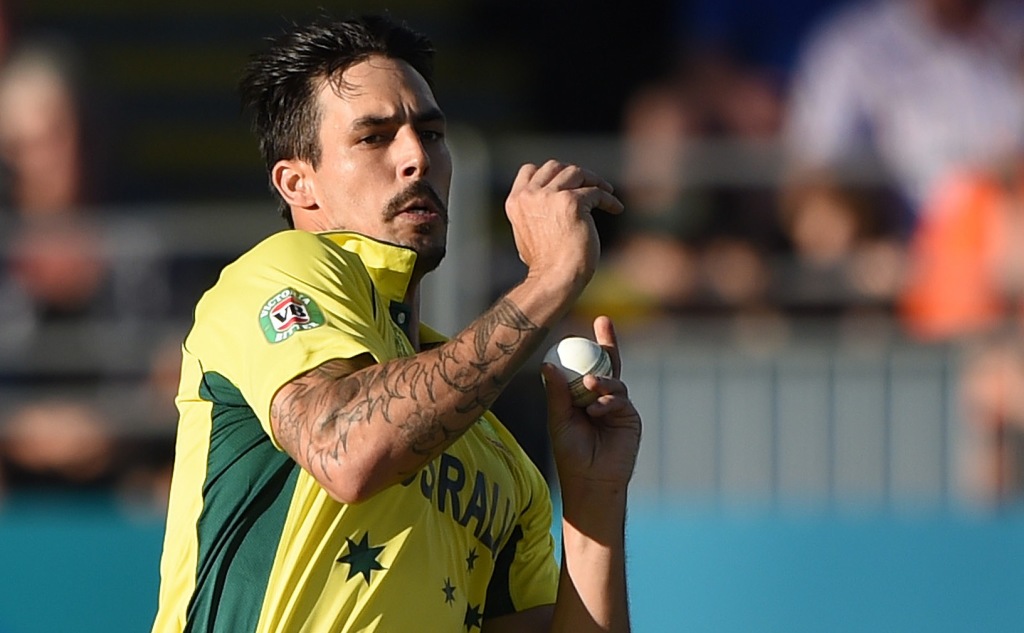We pick five talking points as Australia take on Pakistan in the third World Cup quarter-final match in Adelaide on Friday.
1. Which way will history swing?
Australia boast 11 wins from their past 13 one-day internationals against Pakistan, but it was the 2011 World Cup loss in Colombo that will be remembered grimly by a number of the home players. As triple defending champions, a Ricky Ponting-led Australia came into the 2011 pool match riding a 34-match winning streak at World Cups dating back to 1999. Pakistan skittled their batsmen for 176, their lowest World Cup total since 1992, and held on to record a four-wicket victory that put Australia into a tough quarter-final, which they ultimately lost to eventual champions India.
2. How much will Pakistan miss Irfan?
Misbah-ul-Haq’s team took a major blow when towering paceman Mohammad Irfan was diagnosed with a fractured pelvis. Pakistan are likely to lean on Wahab Riaz, Sohail Khan, Rahat Ali and Ehsan Adil for their pace attack on a wicket with a healthy tint of green. Rahat’s swing and control could be a major factor. In the four matches he’s played so far in the World Cup, Rahat has not conceded more than five an over. He has also picked up at least one wicket in each outing, and took three against South Africa. In a tournament where middle-overs wickets have shaped matches, Rahat’s tight, testing spells could be telling.
3. Will Mitchell Johnson come to the party?
Australia can rightfully boast a like-for-like pace attack, led by left-arm seamer Mitchell Starc who tops the tournament with 16 wickets at a devastating average of 8.50. Mitchell Johnson, though, aside from four wickets in the demolition of Afghanistan in Perth, has been overshadowed by his namesake. But as the tournament heats up now, Johnson feels his bowling is too, saying ‘I’m starting to click now.’ If both he and Starc hit their stride, Pakistan’s top order may need to dig deep. Pat Cummins and Josh Hazlewood are vying to be the third paceman.
4. Is Australia back on the steam-roller?
Australia have had just one poor half-game – when it was blown away by Trent Boult for 151 in Auckland – and even then, it only lost by one wicket. Otherwise, it has been an impressive unit, intimidating even. The conquests of England in the opening game and of Sri Lanka in a high-scoring contest in Sydney are suggestive of a team that is not only powerful, but knows that it is powerful. Matches against Afghanistan and Scotland, in particular, allowed Australia to give all the top-order batsmen decent game time before the quarter-finals. The biggest gains in the last few days have been Michael Clarke’s occupation of the crease, and Shane Watson rediscovering the runs on the SCG belter against Sri Lanka. At 5 or 6, Watson provides great muscle to the batting; at 3, Steven Smith provides steel and stability. It’s an awe-inspiring line-up with Brad Haddin at No. 8. For all its bowling wealth, Pakistan will rest a little uneasy.
5. What’s at stake?
The prize for the winner is a semi-final in Sydney against India. It will be a sell-out either way, but Pakistan will be thirsting for revenge after their pool-stage drubbing. Australia have the 2011 loss to rub out.







